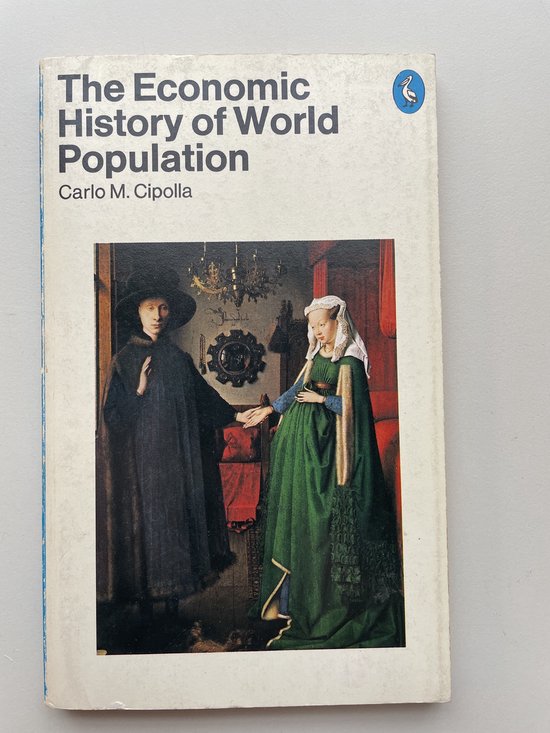
The Economic History of World Population
'The Economic History of World Population' is a comprehensive exploration of the intricate relationship between economic developments and population growth throughout human history. This seminal work delves into how economic factors have influenced demographic trends, from the agricultural revolutions that allowed human settlements to flourish, to the industrial advancements that shaped modern urban centers. The book meticulously examines the pivotal moments in economic history that have led to significant shifts in population dynamics, offering readers a deep understanding of the forces that have shaped the world's demographic landscape. With a focus on both macro and microeconomic perspectives, it provides a nuanced analysis of how economies evolve in tandem with human populations, making it an essential read for anyone interested in the interplay between economics and demography.